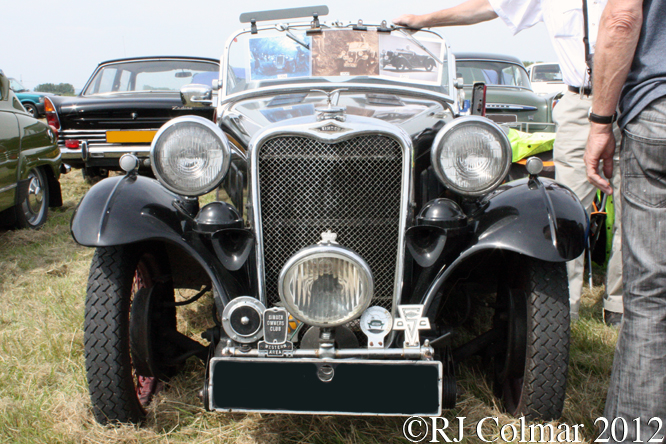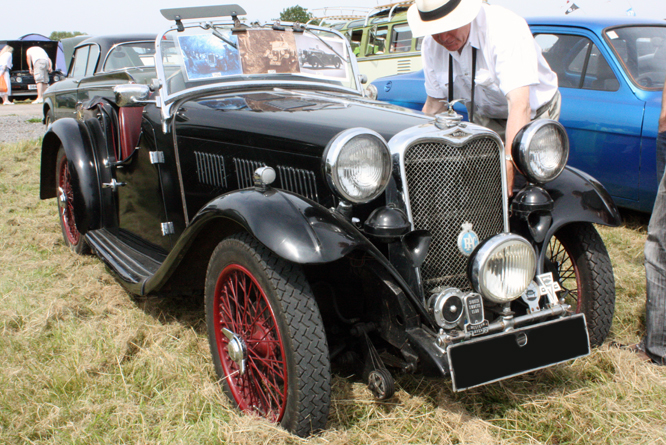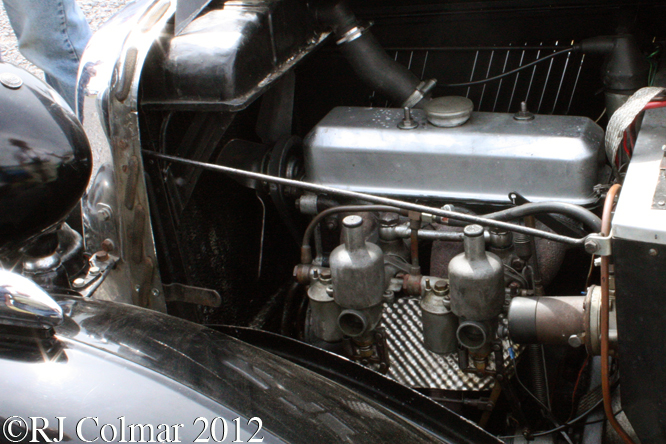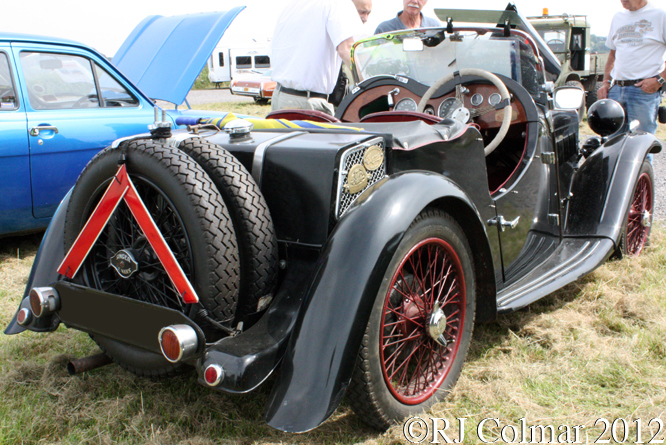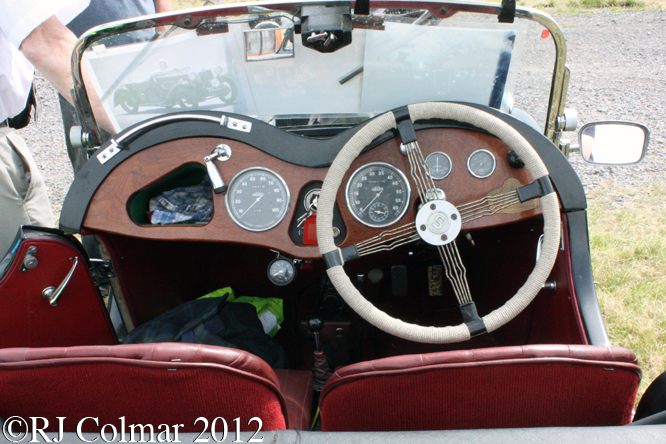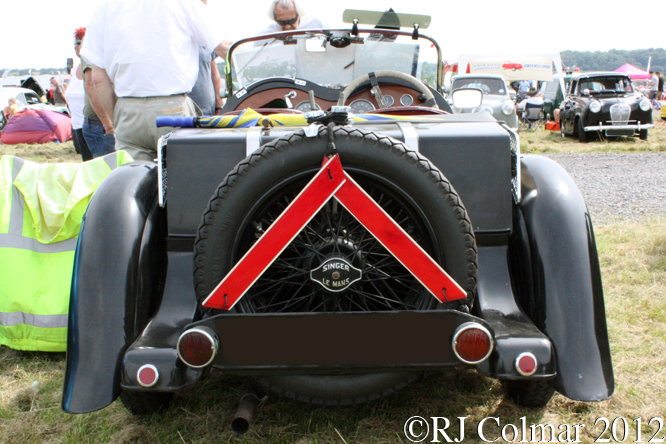Last Saturday I mentioned that Dick Caeser of the informal group CAPA and later Bristol Aeroplane Co Motor Club is credited with the idea for using 500 cc / 41.5 cui motor cycle engines for a new open wheel formula, which became known as Formula Three for the “impecunious enthusiast.”.
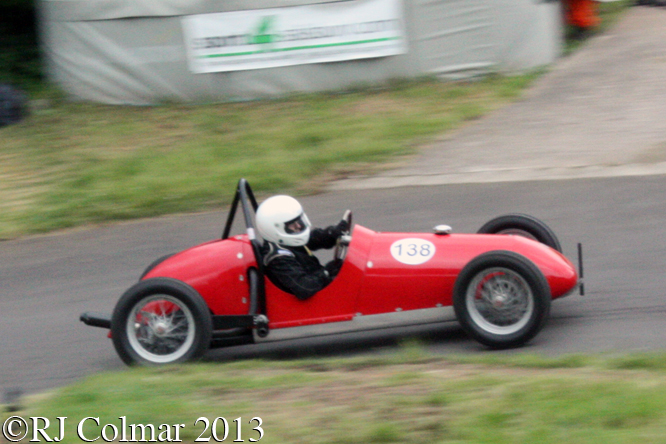
To help get the new 500 Formula off the ground Dick designed a kit that comprised a chassis frame and suspension, but neither motor nor body work that could be built up by an enthusiast into a complete racing car known as an Iota.
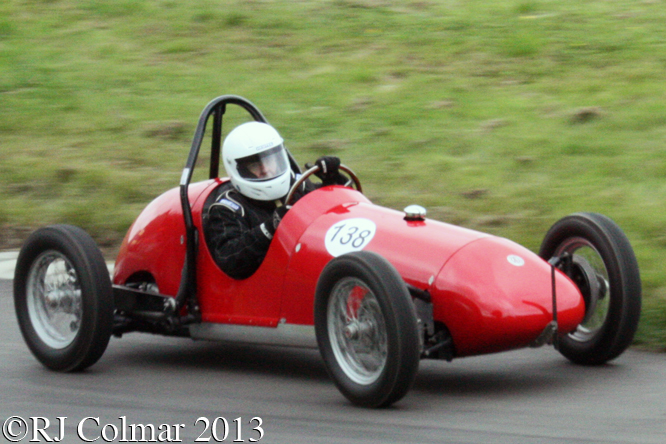
12 of these kits were distributed by Iota Racing Cars of Alma Vale, Clifton, Bristol and most raced with little success until they were developed into specials racing under a variety of names chosen by their owners.
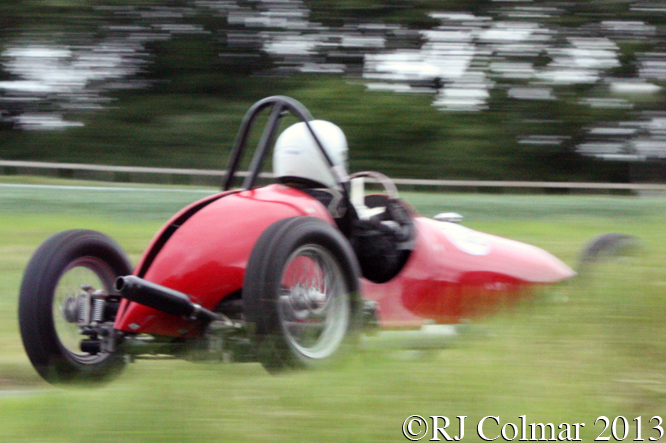
In 1949 Dick improved the Iota design which became known as the Iota P1 of which six are believed to have been built along with a couple of spares.
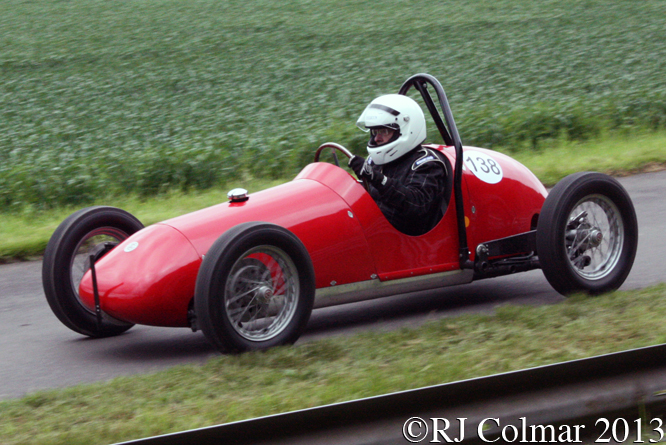
The #138 seen here, chassis #P1.01, driven by Stuart Barnes at Gurston Down last year was the first production P1 built after the prototype and was originally built up by Wing Commander Frank Aiken.
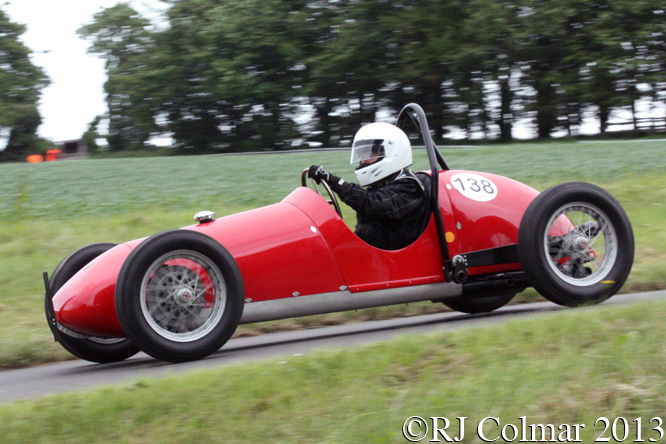
Costing £390 less motor Frank drove the car, powered by a non standard Triumph motor driving through a Burnham gearbox, to record Iota’s biggest circuit triumph on the 13th of May 1950 when he drove #P1.01 to victory over Stirling Moss driving a Cooper in the “Royal” meeting run at Silverstone.
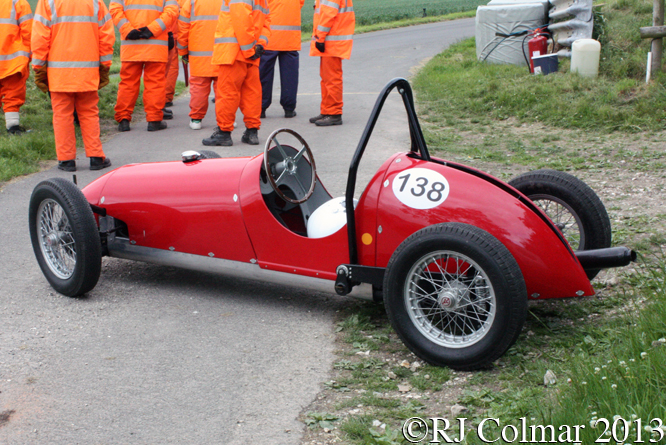
Clive Lones bought the prototype P1 and developed it into the Tiger Kitten II with which he broke the class record at Prescott Hillclimb in 1951.
Thanks for joining me on this “Impecunious Royal Winner” edition of “Gettin’ a li’l psycho on tyres” I hope you will join me again tomorrow for a look at another concept car. Don’t forget to come back now !


